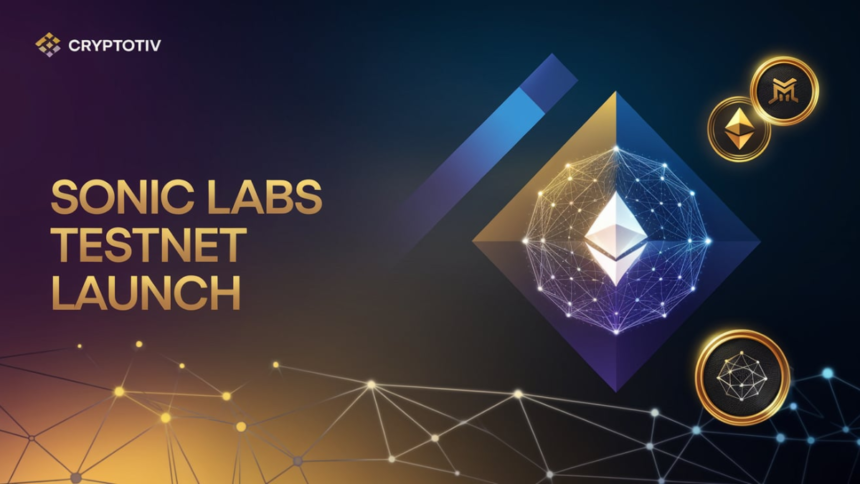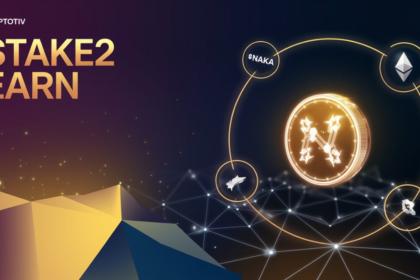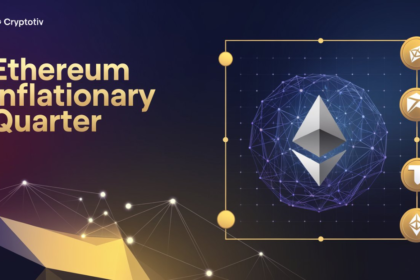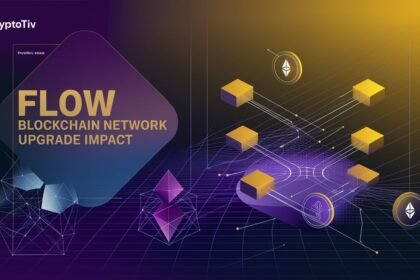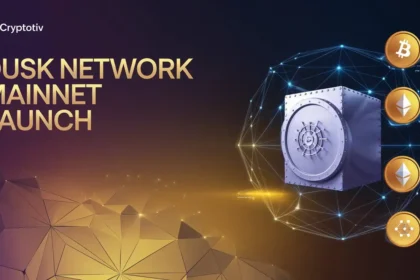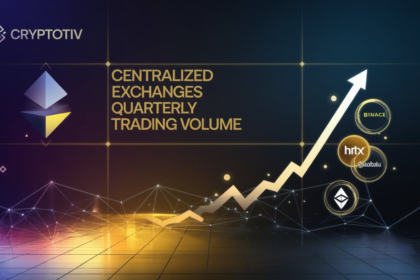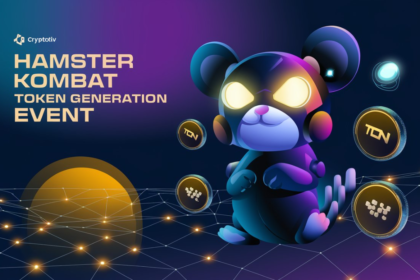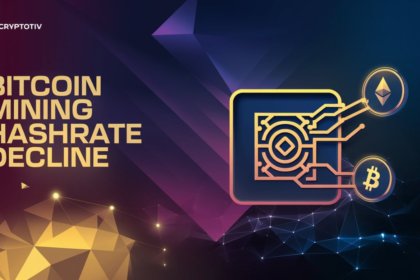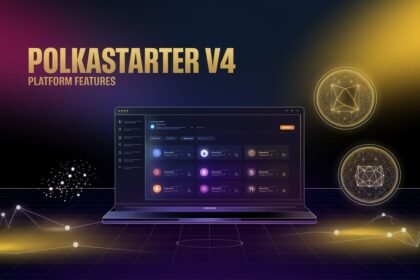The Sonic Labs testnet, launched in mid-2024, aims to improve scalability for dApps. This testnet, for developers, is for testing. It has fast transactions and low storage needs. Sonic Labs aims to support high-performance dApp development. It will do this by solving long-standing scalability issues in blockchain.
Key Features of Sonic Labs Testnet
The Sonic Labs testnet aims to provide a scalable, advanced environment for dApp development. It gives developers tools to build apps for large-scale, efficient operations. Sonic Labs aims to be a top platform for next-gen blockchain apps. It has high transaction throughput, EVM compatibility, and low costs.
Enhanced Scalability Solutions
The Sonic Labs testnet excels in scalability. It processes over 2,000 transactions per second (TPS). This makes it ideal for large-scale decentralized apps.
This performance is crucial for blockchain apps that need high transaction volumes. These include DeFi, NFT marketplaces, and real-time gaming platforms. Sonic Labs can handle a high volume of transactions. So, apps built on it can provide smooth user experiences, even in heavy traffic.
EVM Compatibility
Sonic Labs testnet is EVM-compatible. So, developers can easily integrate their Ethereum-based tools and dApps with the Sonic network. This compatibility makes migration easier. It encourages Ethereum developers to switch to the Sonic ecosystem. Developers get a familiar environment. They also access Sonic’s speed and scalability. This makes Sonic Labs a versatile platform. It supports all Ethereum dApps and allows for performance growth.
Cost-Effective Node Operations
One of the standout features of the Sonic Labs testnet is its significant reduction in node storage costs. Through live pruning technology, Sonic cuts down on unnecessary data storage, reducing costs by up to 90% for node operators. This is a game-changer for developers. It makes running nodes cheaper and more accessible. It also keeps the network’s high performance. This cost efficiency encourages greater decentralization. It allows more participants to join the network without the high costs of blockchain operations.
| Feature | Traditional Blockchain Nodes | Sonic Labs Testnet |
|---|---|---|
| Storage Requirements | High | Reduced by up to 90% |
| Transaction Throughput | ~30 TPS (varies by chain) | 2,000+ TPS |
| Node Setup Cost | Expensive | More affordable |
| Scalability | Limited | High scalability |

Here are three bar charts. They compare the storage needs, TPS, and node setup costs of traditional blockchain nodes with those of the Sonic Labs testnet.
- Storage Requirements: Sonic Labs testnet cuts storage use by 90%. It is now much more efficient.
- Transaction Throughput (TPS): The testnet can handle over 2,000 TPS. Traditional blockchain nodes handle around 30 TPS.
- Node Setup Cost: Sonic Labs testnet reduces the overall cost, making it more affordable for developers to participate.
How Sonic Labs Testnet Enhances dApp Development
The Sonic Labs testnet greatly improves dApp development. It gives developers a fast, scalable, and user-friendly environment. Sonic Labs has tools to create decentralized apps. They reduce the complexities of traditional blockchain development. This enables smoother deployment and testing.
Fast Transaction Finality
The Sonic Labs testnet has a 720-millisecond transaction finality. It’s one of the fastest blockchain networks. This speed is crucial for apps needing instant transaction confirmation. This includes DeFi platforms and high-frequency trading apps. Sonic’s finality is unique.
Other blockchains often need multiple blocks to confirm a transaction. But, once Sonic processes a transaction, it is irreversible. This provides both security and efficiency. This improvement is vital for dApp developers. They seek to deliver a seamless user experience.
Developer Incentives and Support
To encourage innovation, Sonic Labs has created the Sonic Innovator Fund. It offers cash rewards and expert mentoring to developers. This initiative includes up to $1,000,000 in FTM distributed to promising dApp projects through Sonic Labs’ mainnet launch. Also, the program offers mentorship. It guides developers on their projects’ technical aspects.
Key Developer Incentives
- Access to specialized mentorship programs.
- $1,000,000 FTM distribution to innovative projects.
- Full support during the transition to the Sonic Labs mainnet.
Note
Sonic Labs supports both technical and financial needs. It is a great platform for developers. They can build scalable, high-performance decentralized apps.
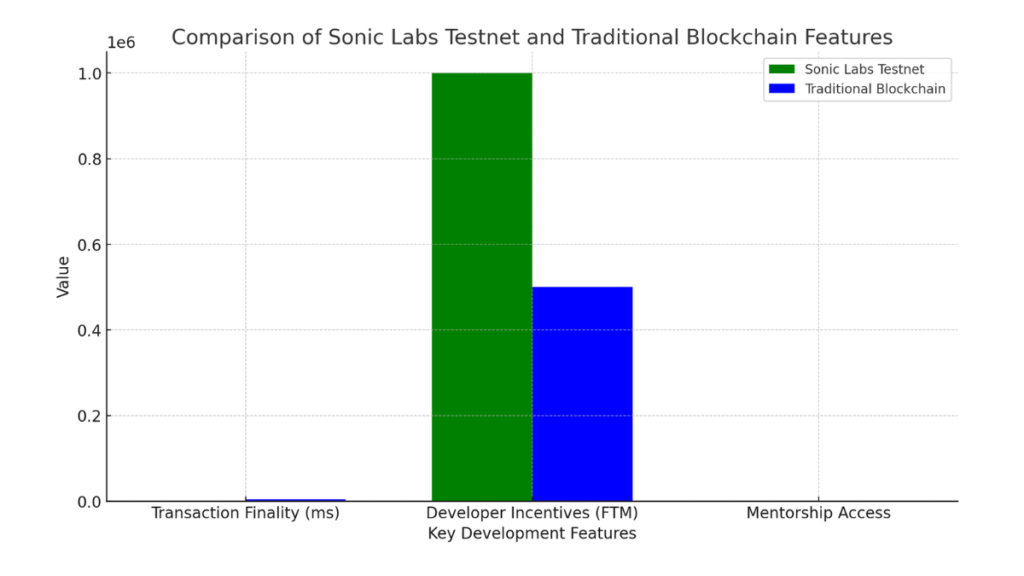
Here is a bar chart comparing key development features between the Sonic Labs testnet and a traditional blockchain:
- Transaction Finality (ms): Sonic Labs achieves a fast 720-millisecond finality. Traditional blockchains take much longer.
- Developer Incentives (FTM): Sonic Labs offers $1,000,000 in developer incentives. Traditional blockchains may offer much less.
- Sonic Labs offers mentorship to developers through its Innovator Fund. This is rare among traditional blockchains.
Technical Advancements in Sonic Labs Testnet
The Sonic Labs testnet uses cutting-edge tech to boost dApps’ scalability and performance. The testnet optimizes smart contract execution and data handling. It adds new features like the Fantom Virtual Machine (FVM) and live pruning for node storage. These advancements cut resource use while ensuring high throughput. They make Sonic a next-gen platform for dApp development.
Fantom Virtual Machine (FVM) Optimization
The Sonic Labs testnet uses the Fantom Virtual Machine (FVM). It is much better than the Ethereum Virtual Machine (EVM). The FVM speeds up smart contract execution. It uses advanced caching to cut processing times and reduce overhead. This results in faster transaction execution without compromising security. Also, the FVM works with existing EVM-based tools. This lets developers use popular languages like Solidity and Vyper without changes. Sonic Labs enables faster contract execution. It is a high-performance option for building complex dApps.

Here is a bar chart comparing two key advancements in the Sonic Labs testnet:
- FVM Optimization (Speed): The Fantom Virtual Machine (FVM) boosts smart contract execution speed by 5 times. It is now much faster than traditional methods.
- Live Pruning (Storage Reduction): The live pruning technique cuts storage needs by 90%. It drastically lowers the disk space needed for node operations.
Live Pruning for Reduced Node Storage
Another key innovation in the Sonic Labs testnet is live pruning. It greatly reduces the storage needed to run validator nodes. Live pruning allows the system to remove unnecessary data. It can cut disk space by up to 90% in some cases. This upgrade cuts costs. It also helps developers and users run nodes. This boosts the network’s decentralization and scalability. For example, live pruning has reduced some archive nodes from over 11 TB to under 1 TB. It also cut sync times and increased request capacity.
Sonic Labs Testnet’s Role in Driving dApp Scalability
The Sonic Labs testnet is changing dApp development. It offers a fast, scalable environment for the high-speed demands of modern blockchains. The testnet, with its fast transactions and low-cost nodes, sets a new standard for scalable, efficient dApp deployment. Its advanced developer support positions Sonic as a leader in blockchain innovation.
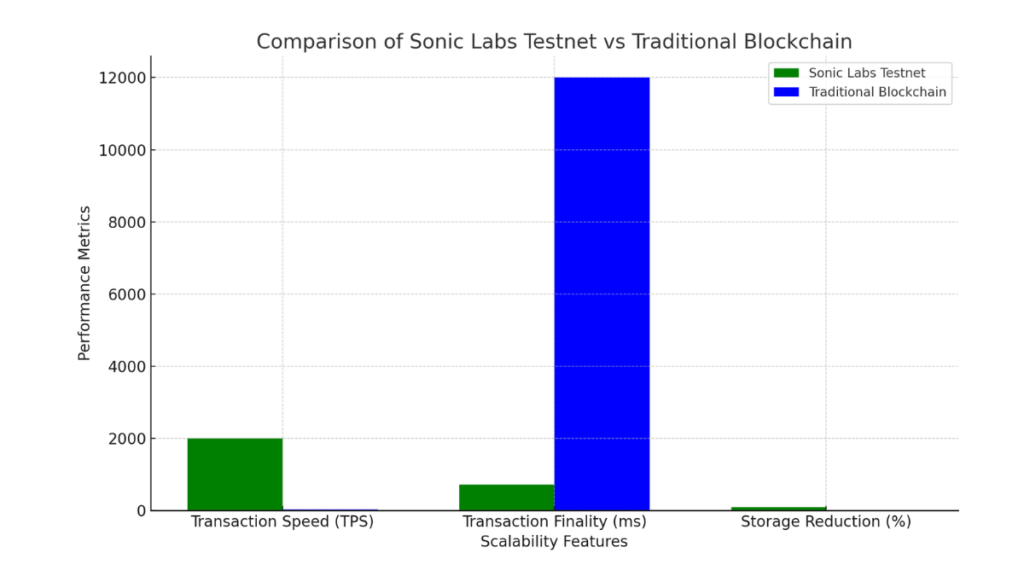
Here is a bar chart comparing the Sonic Labs testnet and traditional blockchains in terms of:
- Transaction Speed (TPS): Sonic Labs processes over 2,000 transactions per second. This far surpasses traditional blockchains, which handle around 30 TPS.
- Transaction Finality (ms): Sonic achieves finality in 720 ms. Traditional blockchains may take up to 12,000 ms (12 seconds).
- Storage Reduction (%): Sonic Labs, with live pruning, reduces storage by up to 90%. This is a big improvement over traditional blockchains, which don’t have similar features.
High-Speed dApp Deployment
The Sonic Labs testnet lets developers deploy dapps much faster. It can process over 2,000 transactions per second (TPS). The testnet has 720-millisecond finality. So, transactions are almost instant. In contrast, traditional blockchains take seconds or even minutes to confirm. This is a game-changer for high-throughput dApps, like DeFi and blockchain games. It ensures fast, smooth interactions even under heavy network load. This high speed lets developers build scalable apps. They can handle large user bases without performance issues.
Scalable dApp Testing Environment
The Sonic testnet gives developers a reliable, scalable test environment. They can simulate real-world conditions before launching their apps on the mainnet. It lets developers test their dApps’ performance and scalability. They must handle varying traffic loads. Sonic’s testnet has features like live pruning. It reduces nodes’ storage needs by 90%. This makes it easier and cheaper for developers to run tests without needing large storage. Sonic’s support for EVM compatibility lets developers move their dApps there.
Read More:
- Crypto Market Reactions to Interest Rate Changes
- Impact oU.S.US Inflation Data on Crypto
- VOOX AI-Driven Trading Platform Beta Launch
- Institutional Investment in Cryptos
- Crypto Market Reactions to Global CPI Data
The Sonic Labs testnet is changing how developers build and deploy dApps. Sonic is paving the way for better dApps. It offers fast transactions, low node storage, and a developer-friendly environment. Its advanced features, like the FVM and live pruning, ensure that apps on the Sonic network will perform well, even under heavy traffic.
This testnet’s speed, scalability, and low cost make it a key blockchain innovation. It is especially useful for developers of next-gen decentralized apps.



